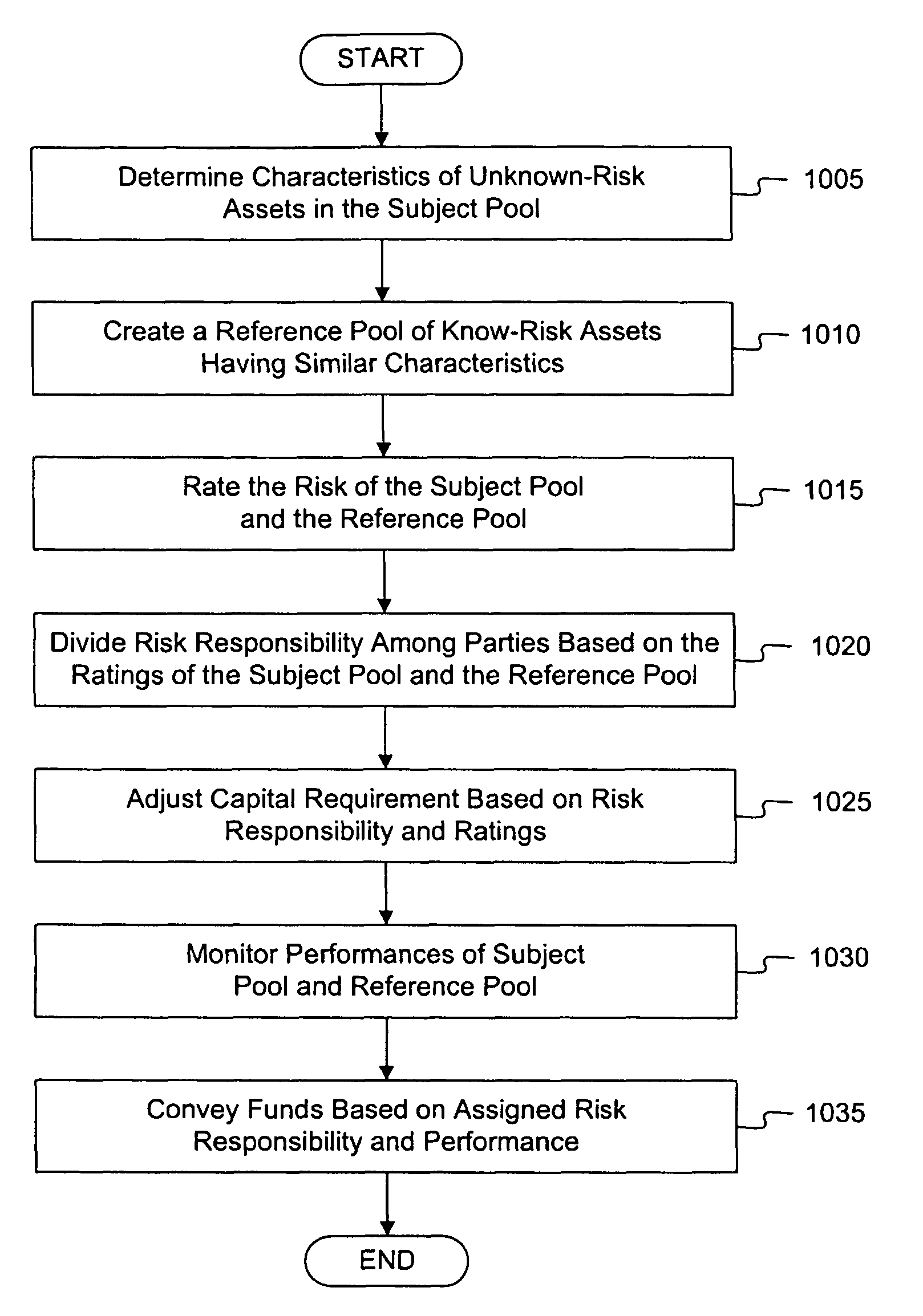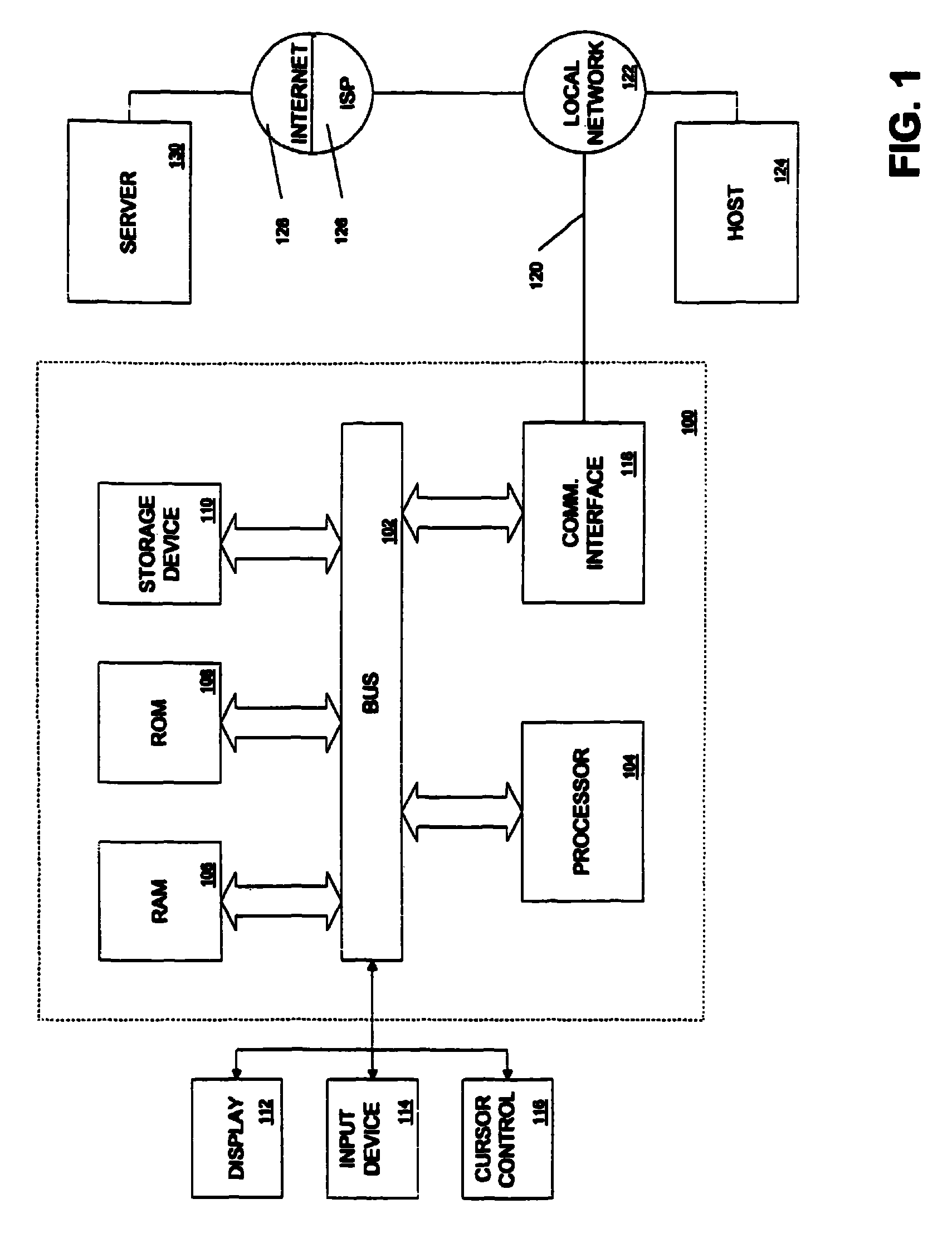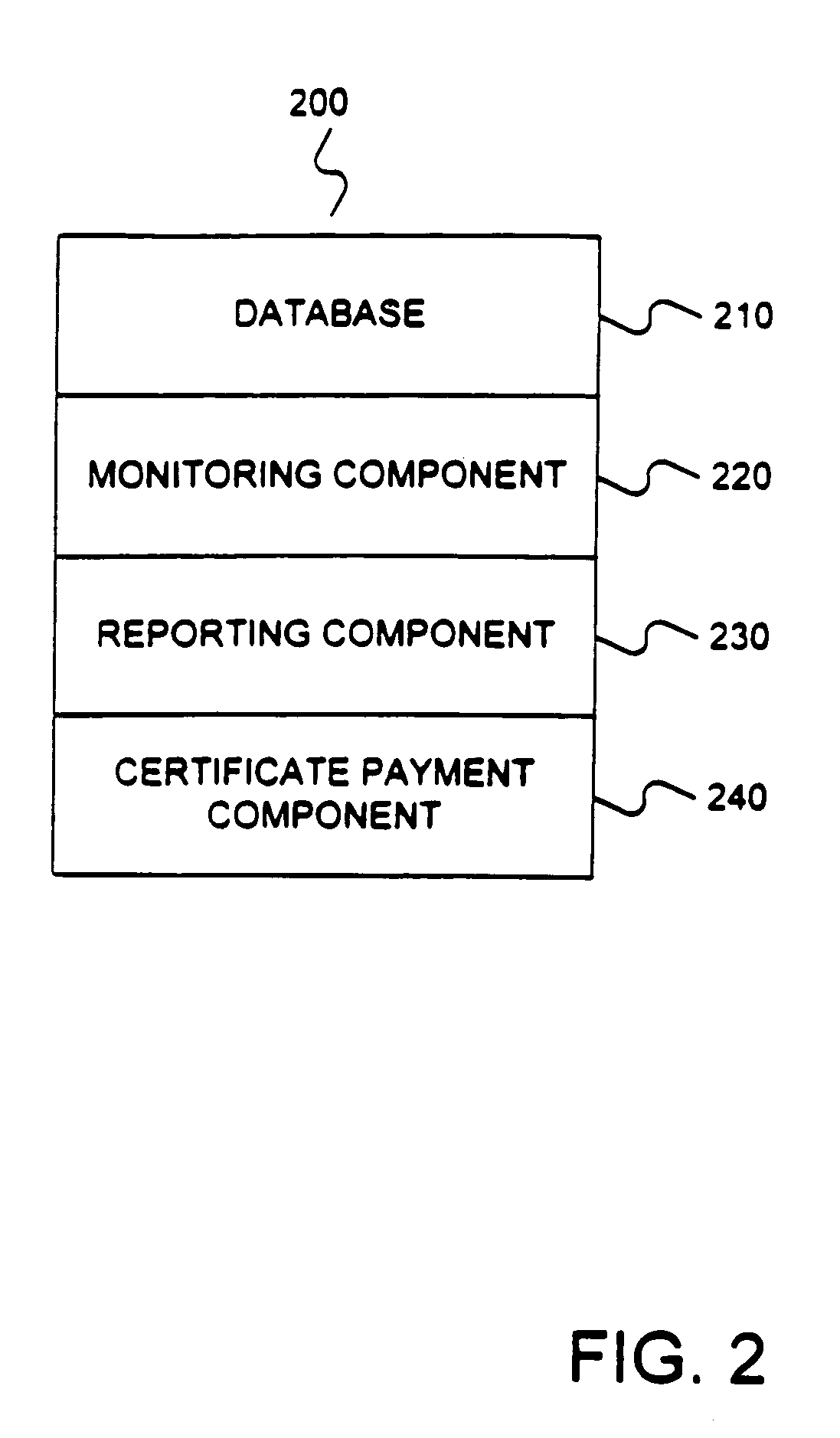Risk-based reference pool capital reducing systems and methods
a technology of capital reduction and reference pool, applied in the field of financial instruments, can solve the problems of reducing incurring expenses, and the holder of the note losing interest payments, so as to reduce the capital reserve requirements of the regulatory capital reserve, reduce the level of borrower documentation, and reduce the effect of capital reserve requirements for the regulatory capital reserve requiremen
- Summary
- Abstract
- Description
- Claims
- Application Information
AI Technical Summary
Benefits of technology
Problems solved by technology
Method used
Image
Examples
Embodiment Construction
[0052]Reference will now be made in detail to an implementation of the present invention as illustrated in the accompanying drawings. Wherever possible, the same reference numbers will be used throughout the drawings and the following description to refer to the same or like parts.
Overview
[0053]Systems and methods consistent with the present invention process information corresponding to Guarantee Certificates, which are financial instruments that evidence the obligation of an insurer or a guarantor to make payments that are triggered by certain events. The triggering event creates the payment obligation.
[0054]In one embodiment, a Guarantee Certificate evidences the obligation of a mortgage insurer or a securities guarantor to make payments that are triggered by events, typically, default-related events, involving a related (in the case of a mortgage insurer) or an underlying (in the case of a securities guarantor) mortgage loan or loans. For example, the instrument might evidence t...
PUM
 Login to View More
Login to View More Abstract
Description
Claims
Application Information
 Login to View More
Login to View More - R&D
- Intellectual Property
- Life Sciences
- Materials
- Tech Scout
- Unparalleled Data Quality
- Higher Quality Content
- 60% Fewer Hallucinations
Browse by: Latest US Patents, China's latest patents, Technical Efficacy Thesaurus, Application Domain, Technology Topic, Popular Technical Reports.
© 2025 PatSnap. All rights reserved.Legal|Privacy policy|Modern Slavery Act Transparency Statement|Sitemap|About US| Contact US: help@patsnap.com



